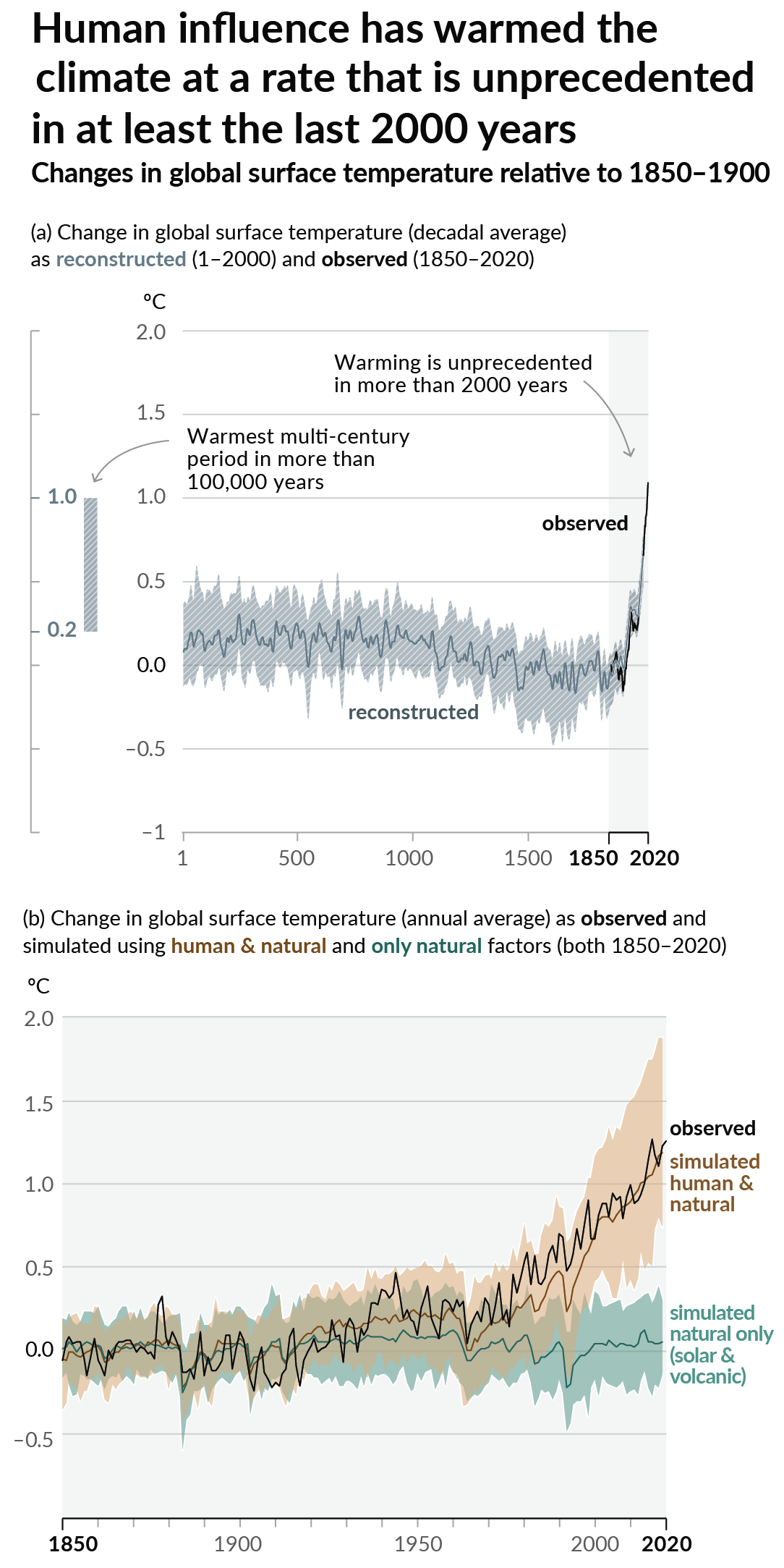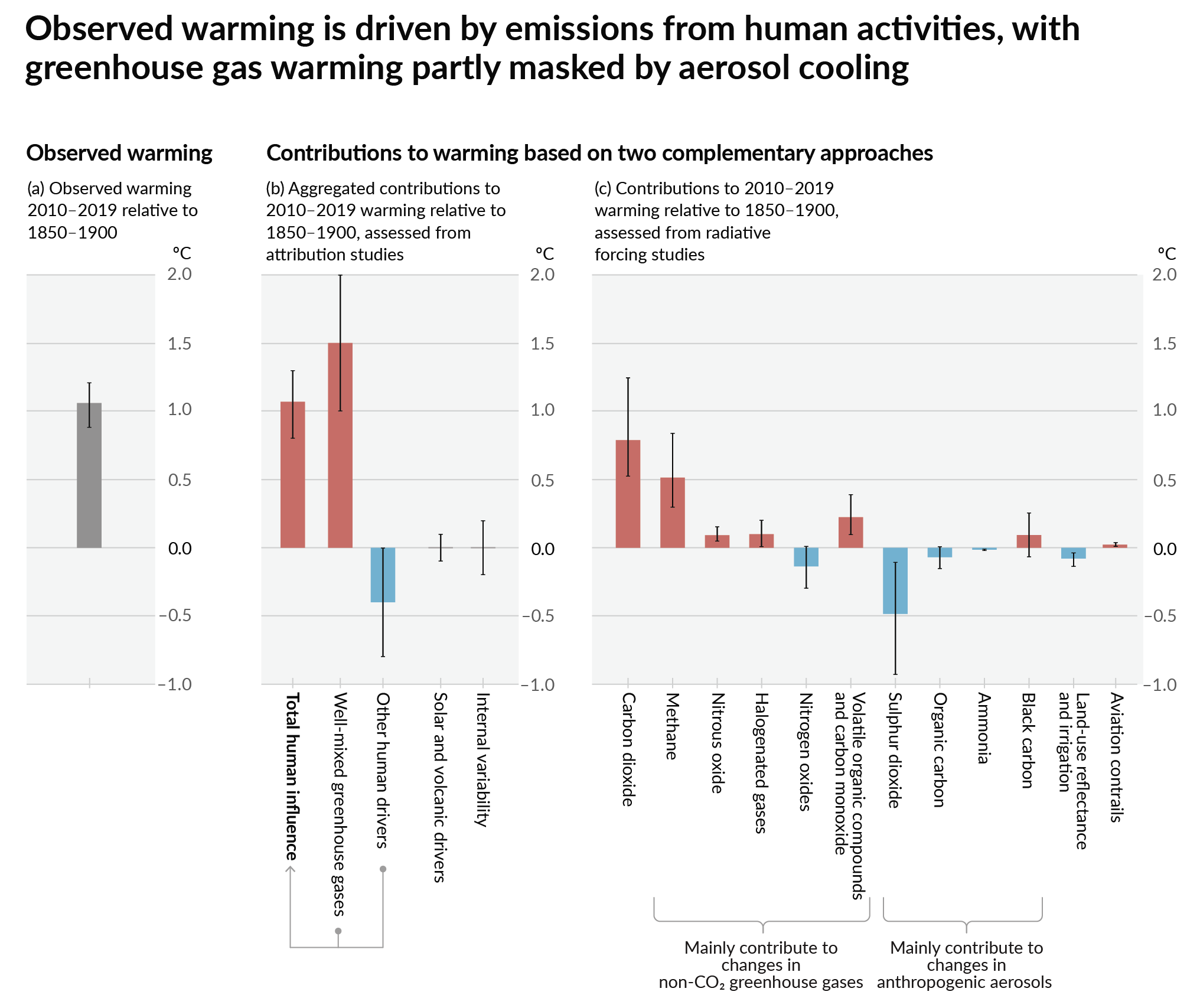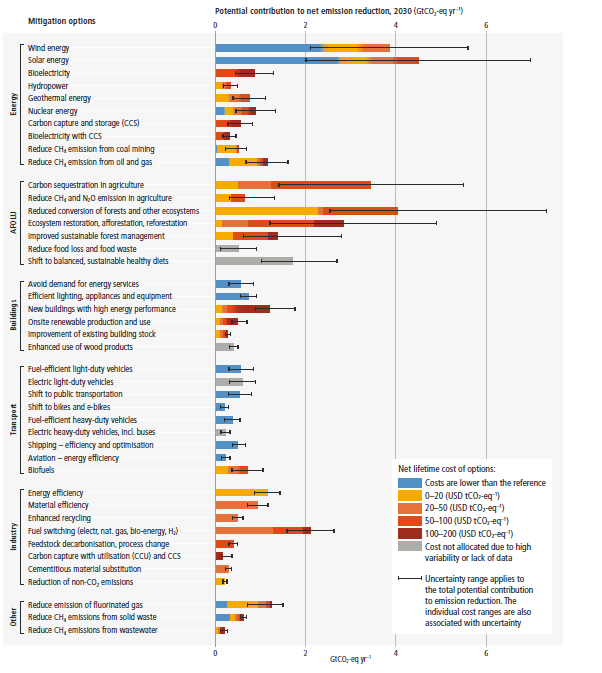this post was submitted on 21 Jul 2025
28 points (100.0% liked)
Climate - truthful information about climate, related activism and politics.
7109 readers
385 users here now
Discussion of climate, how it is changing, activism around that, the politics, and the energy systems change we need in order to stabilize things.
As a starting point, the burning of fossil fuels, and to a lesser extent deforestation and release of methane are responsible for the warming in recent decades:

How much each change to the atmosphere has warmed the world:

Recommended actions to cut greenhouse gas emissions in the near future:

Anti-science, inactivism, and unsupported conspiracy theories are not ok here.
founded 2 years ago
MODERATORS
you are viewing a single comment's thread
view the rest of the comments
view the rest of the comments
Forests are part of the carbon cycle, not effective long-term storage. It’s an easy mistake to make, thinking that since wood is made from carbon, growing trees should help remove carbon from the atmosphere. Trees can live for hundreds of years, which sounds like a long time to humans, but it’s not. Trees die and their carbon mostly returns to the atmosphere as they decompose or burn in a fire. Living trees are best represent a temporary carbon buffer, not sequestration.
Humans have been bringing sequestered carbon out of retirement - oil represents plants and animals that lived millions of years ago, that got trapped deep underground mostly by happenstance. To effectively remove carbon from the atmosphere, we must take the built up material and store it deep below the earth’s surface. I don’t think burying trees in a big pit will ever become especially popular.